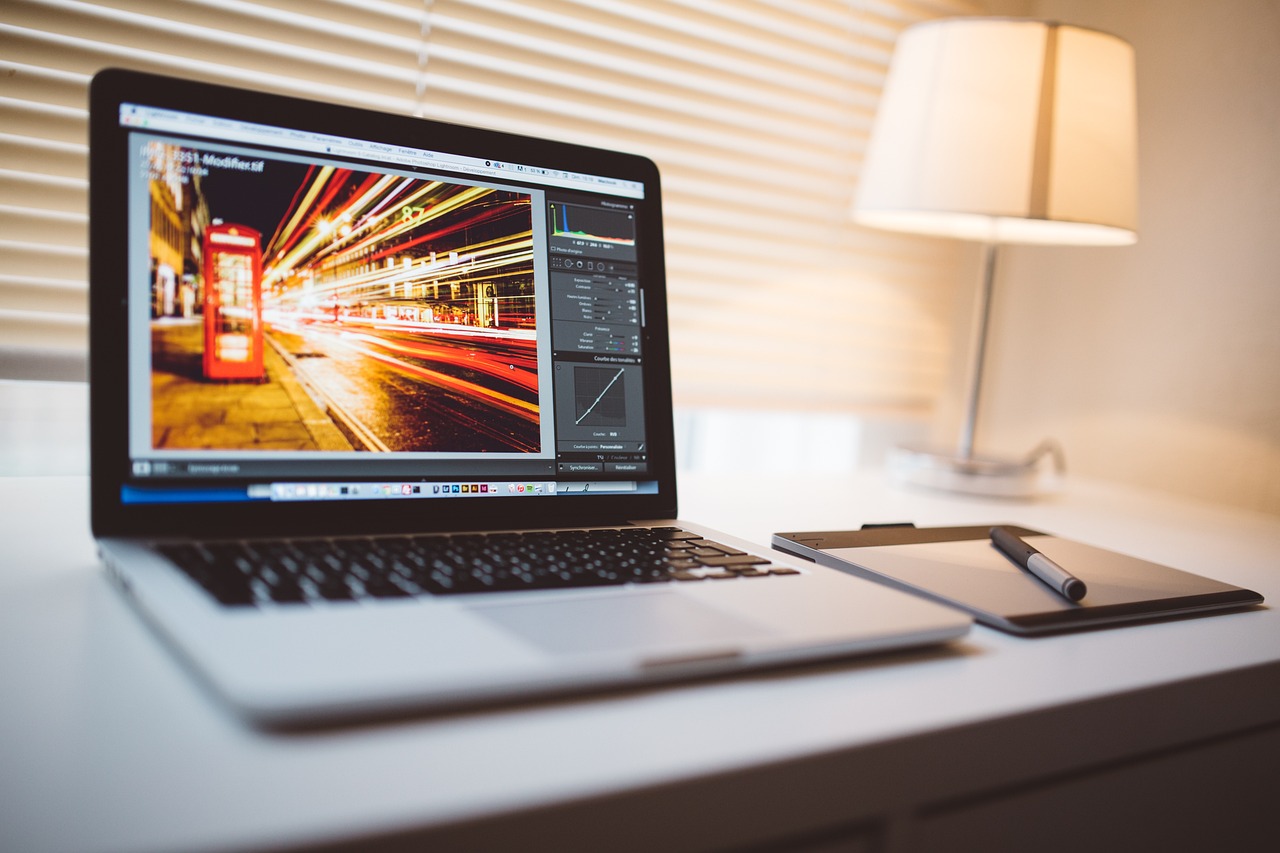Emerging Powers: Digital Art in the Modern World
Introduction: Digital art, a creative medium born from the evolution of technology, is increasingly becoming a significant part of the modern art landscape. As it continues to shape the art world, the exploration of its roots, current trends, and impact is crucial to understanding the future of artistic expression.

History and Evolution of Digital Art
Born from the marriage of art and technology, digital art has a rich, yet relatively contemporary history. In the early 1960s, artists began experimenting with computers to create unique visual experiences. These pioneers, including Michael Noll and Vera Molnar, laid the groundwork for a new form of artistic expression.
As technology advanced, so did digital art. The invention of the graphical user interface in the 1980s allowed artists to manipulate images and create complex compositions more easily. The advent of the internet in the 1990s opened up new opportunities for networking, collaboration, and global distribution.
Digital Art Today: The Dawn of NFTs
Fast forward to the present, the world of digital art has been revolutionized by blockchain technology and the emergence of Non-Fungible Tokens (NFTs). Artists can now mint their digital artworks as NFTs, providing proof of ownership and authenticity, thereby addressing issues of copyright and piracy.
NFTs have also democratized the art market, allowing artists to sell their work directly to collectors without intermediaries, and collectors to acquire art pieces at more accessible prices. The recent $69 million sale of digital artist Beeple’s artwork at Christie’s auction house reflects the increasing recognition and value of digital art.
Impact of Digital Art
Digital art has significantly altered the landscape of artistic expression and the art market. It has made art more accessible, allowing anyone with an internet connection to create, share, and sell their work. It has also allowed for new forms of interactive and immersive experiences, blurring the lines between artist, artwork, and audience.
Furthermore, digital art has initiated conversations about the value and ownership of digital assets, the definition of art, and the role of technology in creative expression.
Reception and Criticisms
Like any art form, digital art has its critics. Some argue that it lacks the physicality and craftsmanship of traditional art. Others question the sustainability and environmental impact of blockchain technology, which NFTs rely on. Despite these criticisms, digital art continues to gain recognition and acceptance as a legitimate form of artistic expression.
Looking Ahead: The Future of Digital Art
Digital art is here to stay. As technology continues to evolve, so will the ways artists use it to create and share their work. Virtual reality, augmented reality, artificial intelligence, and blockchain technology are just some of the advancements that will continue to shape the digital art landscape.
The art world is no stranger to evolution and change. Just as the invention of photography shook up the art world in the 19th century, digital art is doing the same today. As we move forward, it’s clear that digital art will continue to push boundaries, challenge conventions, and redefine what we understand as art.
In conclusion, digital art represents the future of artistic expression. Its history, current trends, and impact bear testament to its transformative power, making it an exciting field for artists, collectors, and art enthusiasts alike.




